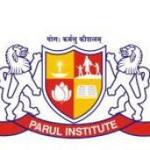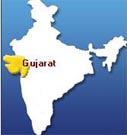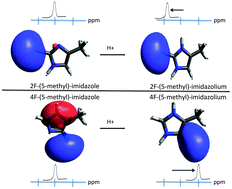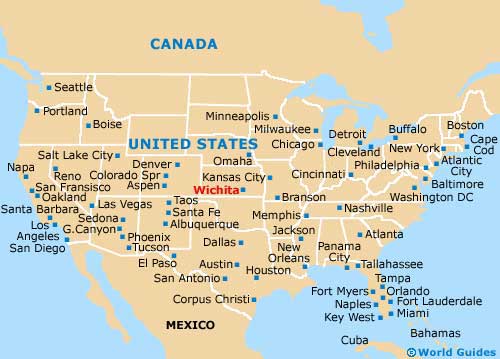
Sylvia Degrado
Principal Scientist at The Chemistry Research Solution


Summary
Organic Chemist with expertise in the pharmaceutical industry. Experience includes discovery, combinatorial and process chemistry with first hand knowledge of the interdisciplinary facets of the drug discovery process, utilizing SAR to design new targets and synthesize molecules to address key biological issues associated with each project.
Experience instructing and mentoring students to develop a passion for sciences.
Core competencies:
Medicinal Chemistry
Organic Synthesis
Target Design, Synthesis and Purification
Process Chemistry
Research
Scale-up Synthesis of Key Target Molecules
NMR, HPLC, MS, LC/MS, GC, KF, UV/VIS analysis
cGMP trained
Laboratory, Safety, Audit, Compliance, Regulatory
Instrumentation equipment expertise
Communications (written and verbal) - Patents, Papers, Presentations
Experience instructing and mentoring students to develop a passion for sciences.
Core competencies:
Medicinal Chemistry
Organic Synthesis
Target Design, Synthesis and Purification
Process Chemistry
Research
Scale-up Synthesis of Key Target Molecules
NMR, HPLC, MS, LC/MS, GC, KF, UV/VIS analysis
cGMP trained
Laboratory, Safety, Audit, Compliance, Regulatory
Instrumentation equipment expertise
Communications (written and verbal) - Patents, Papers, Presentations

Experience
Principal Scientist
The Chemistry Research Solution
•Synthesize specific organic molecules requested by the client in an efficient manner to provide on-time deliveries of pure targets.
•Perform multi-step organic syntheses, document experimental procedures; write reports and technical documents to support the synthetic effort.
•Perform multi-step organic syntheses, document experimental procedures; write reports and technical documents to support the synthetic effort.
Research Scientist placed at Merck & Co, Inc
NewAgeSys, Inc
•Optimize specific desired transformations using enzyme catalysts to improve enantioselectivity, productivity and reduce overall process cost.
Mentor and Lab Assistant
Students 2 Science, Inc.
• Spark interest in chemistry for students in eight through twelfth grades by shepherding them through lab experiment designed to reinforce science curriculum principles.
• Assist instruct specific lab experiments for local eighth grade and high school students empowering each student to follow lab experiment and safety protocols.
• Assist instruct specific lab experiments for local eighth grade and high school students empowering each student to follow lab experiment and safety protocols.
Senior Scientist Chemical Development
Schering-Plough Research Institute
•Performed Design of Experiments (DOE) to systematically establish the Process Acceptable Range (PAR) beyond the Standard Operating Range (SOR) to help validate processes for technology transfer of several steps of vicriviroc.
•Designed a method to measure the amount of a new impurity formed in the process and isolated the impurity for further study.
•Optimized reactions conditions for desired transformation to improve yield and minimize impurity profile.
•Designed a method to measure the amount of a new impurity formed in the process and isolated the impurity for further study.
•Optimized reactions conditions for desired transformation to improve yield and minimize impurity profile.
Associate Scientist
Merck
•Synthesized mixture libraries on solid support and deconvoluted selected wells to identify the specific active compounds.
•Scaled up desired actives for in vivo and in vitro testing.
•Scaled up desired actives for in vivo and in vitro testing.
Education
Drew University
BA, Chemistry
Discovery of SCH 900271, a Potent Nicotinic Acid Receptor Agonist for the Treatment of Dyslipidemia
†Department of Medicinal Chemistry, ‡Department of Biology, and §Department of Drug Metabolism & Pharmacokinetics,Merck Research Laboratories, 2015 Galloping Hill Road, Kenilworth, New Jersey 07033, United States
ACS Med. Chem. Lett., 2012, 3 (1), pp 63–68
DOI: 10.1021/ml200243g
Publication Date (Web): November 24, 2011
Copyright © 2011 American Chemical Society
*Tel: 908-740-7158. Fax: 908-740-7664. E-mail: anandan.palani@merck.com (A.P.). Tel: 908-740-5527. Fax: 908-740-7664. E-mail: ashwin.rao@merck.com (A.U.R.).
Abstract

Structure-guided optimization of a series of C-5 alkyl substituents led to the discovery of a potent nicotinic acid receptor agonist SCH 900271 (33) with an EC50 of 2 nM in the hu-GPR109a assay. Compound 33 demonstrated good oral bioavailability in all species. Compound 33 exhibited dose-dependent inhibition of plasma free fatty acid (FFA) with 50% FFA reduction at 1.0 mg/kg in fasted male beagle dogs. Compound 33 had no overt signs of flushing at doses up to 10 mg/kg with an improved therapeutic window to flushing as compared to nicotinic acid. Compound 33 was evaluated in human clinical trials.
A Combinatorial Approach toward the Discovery of Non-Peptide, Subtype-Selective Somatostatin Receptor Ligands
Department of Molecular Design and Diversity, R123-242, Department of Biochemistry and Physiology, R80T-136, and Department of Medicinal Chemistry, R50G-336, Merck Research Laboratories, P.O. Box 2000, Rahway, New Jersey 07065
J. Comb. Chem., 1999, 1 (5), pp 388–396
DOI: 10.1021/cc990017h
Publication Date (Web): August 4, 1999
Copyright © 1999 American Chemical Society
Abstract

The tetradecapeptide somatostatin is widely distributed throughout the body and is thought to be involved with a variety of regulatory functions. Recently, five human somatostatin receptors (hSSTR1-5) have been cloned and characterized. Several selective peptidal agonists of the hSSTR receptors are known, and we sought to apply this information to the design of novel non-peptide small molecule ligands for each receptor. Initial computational methods identified a 200 nM murine SSTR2 active compound via a database search of our sample collection. A combinatorial library was designed around the structural class of the compound with the goal of rapidly developing this initial lead into the desired subtype-selective small molecules in order to characterize the pharmacology of each of the receptor subtypes. The library was synthesized using the resin-archive, iterative deconvolution format. The total number of unique compounds in the library was expected to be 131 670, present in 79 mixtures of 1330 or 2660 compounds per mixture. Through sequences of screening and mixture deconvolution, the components of selective and highly active (Ki = 50 pM to 200 nM) non-peptide small molecule ligands for somatostatin subtypes 1, 2, 4, and 5 were identified. In addition to discovering compounds with the desired activity and selectivity, useful structure/activity information was generated which can be used in the design of new compounds and second-generation combinatorial libraries.




////////
















































